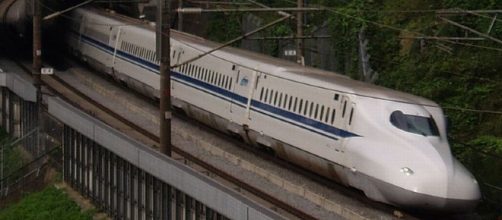While the vaunted California high-speed rail project is still mired in financial and environmental issues, a similar effort that would link Houston and Dallas with a stop near College Station is proceeding apace, with construction envisioned to begin in late 2018 or early 2019 and service beginning in 2022 or 2023. However, questions and some opposition persist, according to Crain Dallas.
What would the Texas Central Railway high-speed rail line do?
The high-speed rail line would use Japanese built rails cars that could reach 200 miles an hour to whisk passengers between the two largest cities in Texas in less than half the time it would take driving by car.
The Houston station would be in the northwest part of town while the Dallas station would be in that city’s downtown. The stop in between would be about 30 miles from College Station.
The Texas Central Railway is due to pass a number of milestones before the end of 2017, including a draft environmental impact report. It has already hired construction companies Flour Enterprises and Lane Construction to start planning. The company is busily identifying the routes.
Opposition and questions persist
Not everyone is pleased with the idea of high-speed rail in Texas. Many landowners are not happy at the thought of noisy trains roaring through their land, disrupting their quiet country lifestyle. The problem is, Texas Central Railway has the right to seize private land under eminent domain if necessary.
The company claims that it would prefer to buy the land they need for the high-speed line’s right of way. However, some landowners claim that representatives of the company are using strong-arm tactics, threatening eminent domain if they refuse to sell.
Some have expressed doubt that the high-speed line can be built and operated using private funds, a claim that makes the project attractive, unlike the far more expensive California project. Ticket prices would be prohibitive, reserved only for the rich, while everyone else will prefer to drive or fly between Dallas and Houston.
The wildcard that no one is talking about openly is the proposed Texas Hyperloop. If that project were to get off the ground, linking Houston, Austin, San Antonio, and Dallas as well as Laredo on the Mexican border, the Texas Central Railway high-speed line would be obsolete before it barely began.
The Texas Hyperloop would connect more destinations, run cheaper, and carry far more people and cargo than the high-speed rail line could hope to accomplish. However, the $12 billion cost would be entirely private and, barring a government bailout, would not directly affect taxpayers.


